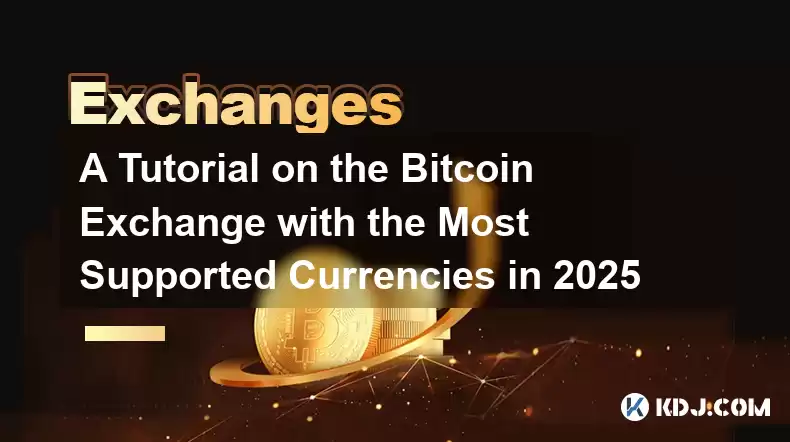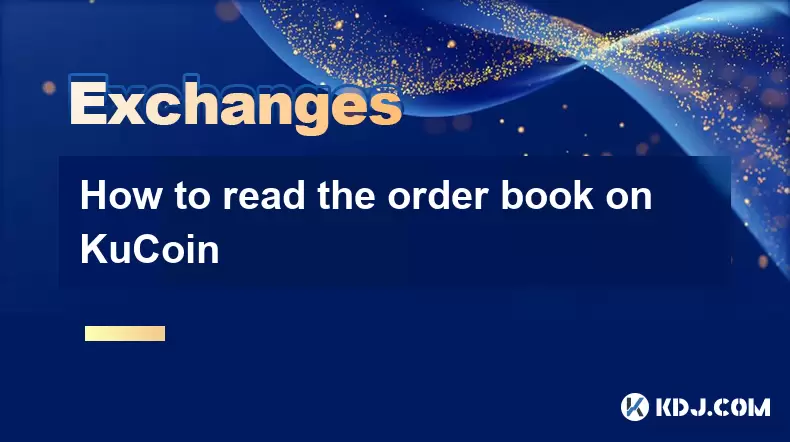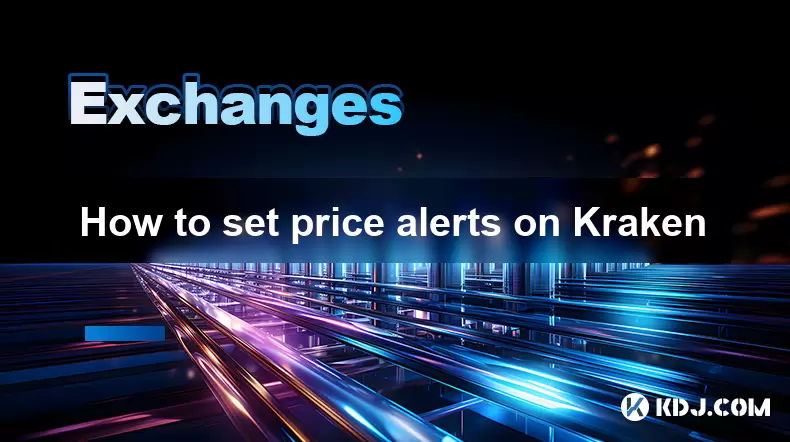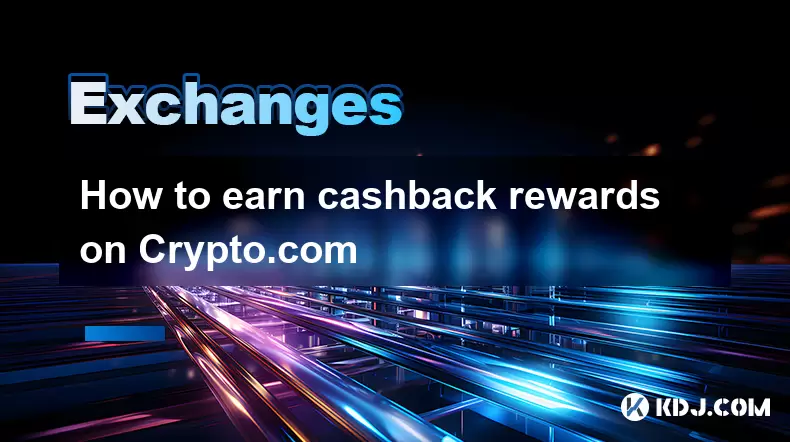-
 Bitcoin
Bitcoin $118800
-0.34% -
 Ethereum
Ethereum $4237
-0.62% -
 XRP
XRP $3.141
-1.79% -
 Tether USDt
Tether USDt $1.000
0.00% -
 BNB
BNB $808.8
0.01% -
 Solana
Solana $175.2
-3.73% -
 USDC
USDC $0.0000
0.01% -
 Dogecoin
Dogecoin $0.2238
-4.06% -
 TRON
TRON $0.3466
2.21% -
 Cardano
Cardano $0.7761
-3.07% -
 Hyperliquid
Hyperliquid $43.18
-4.79% -
 Chainlink
Chainlink $21.07
-3.83% -
 Stellar
Stellar $0.4347
-2.12% -
 Sui
Sui $3.686
-4.85% -
 Bitcoin Cash
Bitcoin Cash $581.5
1.78% -
 Hedera
Hedera $0.2488
-4.10% -
 Ethena USDe
Ethena USDe $1.001
-0.03% -
 Avalanche
Avalanche $22.89
-3.94% -
 Litecoin
Litecoin $120.0
-2.10% -
 Toncoin
Toncoin $3.394
1.58% -
 UNUS SED LEO
UNUS SED LEO $8.976
-1.54% -
 Shiba Inu
Shiba Inu $0.00001297
-4.26% -
 Uniswap
Uniswap $11.08
0.60% -
 Polkadot
Polkadot $3.873
-4.40% -
 Cronos
Cronos $0.1682
2.02% -
 Dai
Dai $1.000
0.00% -
 Ethena
Ethena $0.8056
-2.09% -
 Bitget Token
Bitget Token $4.413
-0.95% -
 Monero
Monero $264.4
-0.70% -
 Pepe
Pepe $0.00001122
-7.04%
Bitcoin exchange with the most comprehensive support for currency in 2025
In 2025's diverse crypto market, choosing a Bitcoin exchange requires understanding its ecosystem and prioritizing currency support for diversification and efficient cross-currency trading.
Mar 18, 2025 at 02:41 pm

Function of Bitcoin Exchanges: Bitcoin exchanges serve as platforms where users can buy, sell, and trade Bitcoin and other cryptocurrencies. They act as intermediaries, matching buyers with sellers and providing a secure environment for transactions. Some exchanges also offer additional services such as wallet storage for the cryptocurrencies, margin trading, and even futures and options trading on certain digital assets.
Importance of Currency Support: A wider range of supported currencies on an exchange offers several advantages. For traders, it provides more opportunities for diversification. Instead of being limited to just Bitcoin, they can invest in different cryptocurrencies based on market trends, technological developments, and their own risk tolerance. For example, if a trader believes that a particular emerging altcoin has high growth potential, having an exchange that supports that coin allows them to act on that belief. Additionally, for those involved in cross - currency trading, an exchange with many supported currencies can simplify the process of converting one cryptocurrency to another without having to use multiple platforms.
CoinMarketCap and CoinGecko: These are two of the most popular cryptocurrency data aggregators. On CoinMarketCap, you can filter exchanges based on various criteria, including the number of trading pairs. A higher number of trading pairs often indicates a greater variety of supported currencies. CoinGecko, on the other hand, not only provides information on the number of supported coins but also offers detailed reviews and rankings of exchanges based on factors like security, user experience, and trading volume.
Online Forums and Communities: Platforms like Reddit have dedicated cryptocurrency communities such as r/CryptoCurrency and r/Bitcoin. These communities are filled with experienced traders and enthusiasts who share their experiences with different exchanges. They discuss which exchanges have the most up - to - date and extensive coin listings. You can search for threads about "exchanges with the most supported currencies in 2025" or start your own discussion, asking for recommendations. Bitcointalk is another well - known forum in the cryptocurrency space, where users often share insights about new coins being added to exchanges and which platforms are leading in terms of currency support.
Exchange Reviews on Independent Websites: Websites like CryptoCompare also offer in - depth reviews of Bitcoin exchanges. Their reviews cover aspects such as the number of supported cryptocurrencies, the ease of use of the trading interface, security measures, and customer support. They compare different exchanges side - side, making it easier for you to identify which ones stand out in terms of currency support.
Regulatory Compliance: In 2025, regulatory scrutiny over the cryptocurrency industry has increased. An exchange that complies with relevant regulations is generally more trustworthy. For example, in some countries, exchanges are required to obtain licenses to operate. These licenses ensure that the exchange follows anti - money laundering (AML) and know - your - customer (KYC) procedures. Look for exchanges that are transparent about their regulatory status and have a clear explanation of how they comply with regulations on their websites.
Security Features: A secure exchange should have multiple layers of security. Two - factor authentication (2FA) is a must. This adds an extra layer of protection by requiring users to provide a second form of verification, such as a code sent to their mobile device, in addition to their password. Cold storage is another important security feature. Many exchanges store a significant portion of their users' funds in offline, or cold, wallets. This protects the funds from online hackers as cold wallets are not connected to the internet. Encryption of user data is also crucial. The exchange should use industry - standard encryption protocols to safeguard user information, including personal details and trading history.
Track Record of Security Incidents: Research the exchange's history of security breaches. If an exchange has had multiple security incidents in the past, it may be a red flag. However, if they have taken appropriate measures to address and prevent future incidents after a breach, it could still be a viable option. You can find information about past security incidents on news websites that cover cryptocurrency, as well as on the aforementioned online forums where users discuss such issues.
Visit the Exchange Website: Once you've identified an exchange with a large number of supported currencies that meets your security requirements, go to its official website. The website should be well - designed and easy to navigate. Look for a "Sign Up" or "Register" button, usually prominently displayed on the homepage.
Fill in Registration Details: Clicking on the sign - up button will take you to a registration form. Here, you'll need to provide an email address and create a strong password. A strong password should be a combination of uppercase and lowercase letters, numbers, and special characters. Some exchanges may also ask for a username. Make sure to choose a username that is easy to remember but also does not reveal too much personal information.
Verification Process: After filling in the registration details, you'll need to verify your account. This usually involves an email verification step. The exchange will send a verification link to the email address you provided during registration. Click on the link to confirm your email. For full access to the exchange's features, especially for trading larger amounts and withdrawing funds, you'll likely need to complete KYC verification. This typically requires uploading a government - issued ID, such as a passport or driver's license. Some exchanges may also ask for a proof of address, like a recent utility bill. Follow the instructions provided by the exchange carefully during the verification process, and be prepared to wait for a few hours to a few days for the verification to be completed, depending on the exchange's review process.
Fiat Currency Deposits: Many exchanges support deposits in fiat currencies such as USD, EUR, or GBP. If you want to deposit fiat currency, look for the "Deposit" or "Funds" section on the exchange. Here, you'll find options for different deposit methods. Bank transfers are a common method. You'll need to provide your bank account details and follow the instructions to initiate the transfer. Some exchanges also support credit or debit card deposits, although this may be subject to additional fees and regulatory restrictions. In some cases, you may be able to use e - wallet services like PayPal or Skrill to deposit funds, but this is less common in the cryptocurrency space due to regulatory issues.
Cryptocurrency Deposits: If you already own some cryptocurrencies and want to transfer them to the exchange, the process is different. First, go to the "Deposit" section and select the cryptocurrency you want to deposit. The exchange will provide you with a unique wallet address for that particular cryptocurrency. On your external wallet (where you currently hold the cryptocurrency), initiate a transfer and enter the wallet address provided by the exchange. Make sure to double - check the wallet address as cryptocurrency transactions are irreversible. The time it takes for the deposit to be confirmed depends on the cryptocurrency's network congestion. For example, Bitcoin transactions may take anywhere from a few minutes to over an hour to be fully confirmed on the blockchain.
Understanding the Layout: The trading interface of the exchange can seem complex at first. Most exchanges have a main trading screen that shows the order book, which displays the current buy and sell orders for different cryptocurrencies. There are usually tabs for different types of trading, such as spot trading (for immediate buying and selling at the current market price), margin trading (for trading with borrowed funds), and futures trading (for trading contracts based on the future price of a cryptocurrency). The interface will also show your account balance, both in fiat and in the cryptocurrencies you hold on the exchange.
Placing Orders:
Market Orders: A market order is the simplest type of order. When you place a market order, you are buying or selling a cryptocurrency at the current market price. On the trading interface, look for the option to place a market order. Enter the amount of the cryptocurrency you want to buy or sell (either in the cryptocurrency's unit or in the equivalent fiat amount), and click the "Buy" or "Sell" button. The order will be executed immediately at the best available price in the market.
Limit Orders: A limit order allows you to set a specific price at which you want to buy or sell a cryptocurrency. If you want to buy, you set a price lower than the current market price, and if you want to sell, you set a price higher than the current market price. On the trading interface, select the option to place a limit order. Enter the price and the amount of the cryptocurrency you want to trade. The order will be placed in the order book and will be executed when the market price reaches your specified price.
Stop - Loss and Take - Profit Orders: These are advanced order types. A stop - loss order is used to limit losses. You set a price at which, if the market price of the cryptocurrency reaches that level, your position will be automatically sold to prevent further losses. A take - profit order, on the other hand, is used to lock in profits. You set a price at which, when the market price reaches that level, your position will be automatically sold to realize the profit. On the trading interface, look for the options to set stop - loss and take - profit orders, which are usually available when placing a trade.
Finding the Desired Currency Pair: On the exchange's trading interface, there should be a search bar or a list of available currency pairs. A currency pair consists of two cryptocurrencies, such as BTC/ETH (Bitcoin and Ethereum). If you want to trade a specific cryptocurrency, search for its pair with Bitcoin (if you're trading against Bitcoin) or with a fiat currency (if the exchange supports fiat - cryptocurrency trading). For example, if you want to buy Litecoin (LTC) using Bitcoin, look for the LTC/BTC currency pair.
Analyzing Price Charts: Before trading, it's important to analyze price charts. Most exchanges provide real - time price charts for different currency pairs. These charts can show the price movement over different time frames, such as 1 - hour, 1 - day, 1 - week, or even longer. Technical analysis tools, such as moving averages, relative strength index (RSI), and Bollinger Bands, are often available on the charting interface. Analyzing these charts can help you identify trends, support and resistance levels, and potential entry and exit points for your trades.
Executing Trades: Once you've decided on a trade, whether it's buying or selling a particular cryptocurrency, use the order - placing options described earlier. For example, if you've analyzed the LTC/BTC chart and decided to buy Litecoin at a certain price using Bitcoin, place a limit order if you want to wait for a specific price or a market order if you want to buy at the current market price. After placing the order, you can monitor its status in the order history section of the exchange. If the order is filled, the corresponding amount of the cryptocurrency will be added to your account balance on the exchange.
Withdrawing Cryptocurrency: If you want to withdraw your cryptocurrency from the exchange to an external wallet, go to the "Withdraw" section on the exchange. Select the cryptocurrency you want to withdraw. Enter the wallet address of your external wallet. Double - check the wallet address as any mistake can result in the loss of your funds. Enter the amount you want to withdraw. Some exchanges may have minimum withdrawal amounts. After confirming the details, click the "Withdraw" button. The exchange may require additional verification, such as a 2FA code, to ensure the security of the withdrawal. The time it takes for the withdrawal to be processed and for the funds to reach your external wallet depends on the cryptocurrency's network and the exchange's processing time.
Withdrawing Fiat Currency: If you want to withdraw fiat currency, the process is similar. Go to the "Withdraw" section and select the option for fiat currency withdrawal. You'll need to provide your bank account details if you're withdrawing to a bank account. Some exchanges may also offer other withdrawal options, such as e - wallet withdrawals if supported. Enter the amount you want to withdraw and follow the prompts for verification. The exchange may charge a withdrawal fee, and the time it takes for the funds to reach your account can vary from a few business days to a week, depending on the payment method and the exchange's processing procedures.
Disclaimer:info@kdj.com
The information provided is not trading advice. kdj.com does not assume any responsibility for any investments made based on the information provided in this article. Cryptocurrencies are highly volatile and it is highly recommended that you invest with caution after thorough research!
If you believe that the content used on this website infringes your copyright, please contact us immediately (info@kdj.com) and we will delete it promptly.
- Dogecoin's Wild Ride: Big Holders, Price Push, and What's Next for the Meme Coin
- 2025-08-12 08:30:12
- Bitcoin to $133,000? Here's What the Experts Are Saying
- 2025-08-12 08:30:12
- Dogecoin, Meme Coins, and Whale Buys: What's the Hype?
- 2025-08-12 06:50:12
- Bitcoin, Ethereum, and the Pump-and-Dump Merry-Go-Round: A New Yorker's Take
- 2025-08-12 07:10:12
- MAGACOIN Mania: Why Holders Are Staking Their Claim in This Bull Season
- 2025-08-12 06:30:13
- Heritage Distilling's Bold Bet: A $360M IP Treasury Powered by Story Protocol
- 2025-08-12 06:30:13
Related knowledge

How to use margin trading on Poloniex
Aug 08,2025 at 09:50am
Understanding Margin Trading on Poloniex

How to read the order book on KuCoin
Aug 10,2025 at 03:21pm
Understanding the Order Book Interface on KuCoinWhen accessing the order book on KuCoin, users are presented with a real-time display of buy and sell ...

How to read the order book on KuCoin
Aug 12,2025 at 02:28am
Understanding the Basics of Staking in CryptocurrencyStaking is a fundamental concept in the world of blockchain and cryptocurrencies, particularly wi...

How to set price alerts on Kraken
Aug 11,2025 at 08:49pm
Understanding Price Alerts on KrakenPrice alerts on Kraken are tools that allow traders to monitor specific cryptocurrency pairs for price movements. ...

How to earn cashback rewards on Crypto.com
Aug 12,2025 at 02:08am
Understanding Cashback Rewards on Crypto.comCashback rewards on Crypto.com are a feature designed to incentivize users to spend using their Crypto.com...

How to use advanced trading on Gemini
Aug 08,2025 at 04:07am
Understanding Advanced Trading on GeminiAdvanced trading on Gemini refers to a suite of tools and order types designed for experienced traders who wan...

How to use margin trading on Poloniex
Aug 08,2025 at 09:50am
Understanding Margin Trading on Poloniex

How to read the order book on KuCoin
Aug 10,2025 at 03:21pm
Understanding the Order Book Interface on KuCoinWhen accessing the order book on KuCoin, users are presented with a real-time display of buy and sell ...

How to read the order book on KuCoin
Aug 12,2025 at 02:28am
Understanding the Basics of Staking in CryptocurrencyStaking is a fundamental concept in the world of blockchain and cryptocurrencies, particularly wi...

How to set price alerts on Kraken
Aug 11,2025 at 08:49pm
Understanding Price Alerts on KrakenPrice alerts on Kraken are tools that allow traders to monitor specific cryptocurrency pairs for price movements. ...

How to earn cashback rewards on Crypto.com
Aug 12,2025 at 02:08am
Understanding Cashback Rewards on Crypto.comCashback rewards on Crypto.com are a feature designed to incentivize users to spend using their Crypto.com...

How to use advanced trading on Gemini
Aug 08,2025 at 04:07am
Understanding Advanced Trading on GeminiAdvanced trading on Gemini refers to a suite of tools and order types designed for experienced traders who wan...
See all articles

























































































